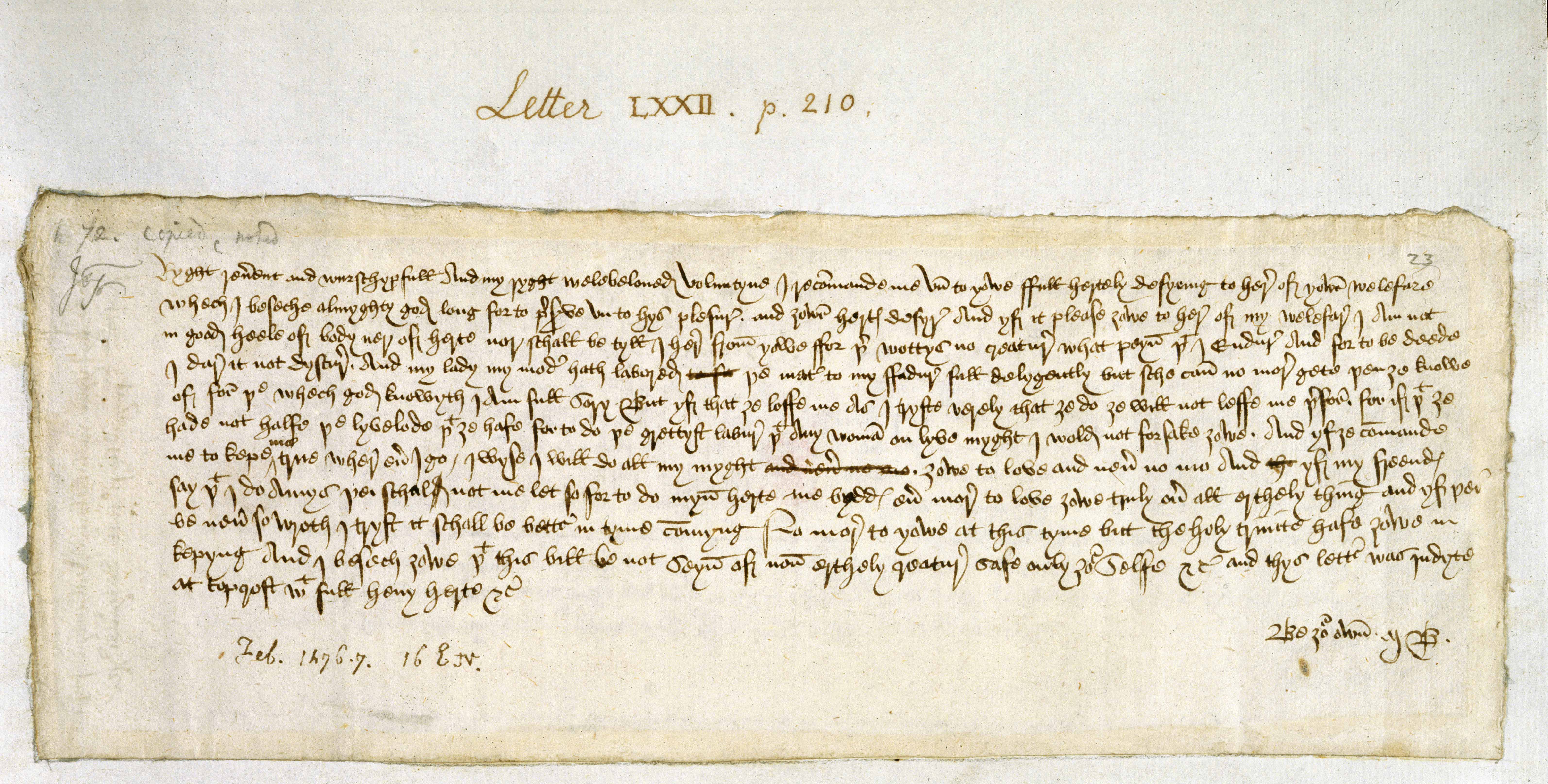In today’s fast-paced digital age, where communication happens at the tap of a screen and messages can traverse the globe in seconds, there’s something deeply nostalgic about the lost art of handwritten love letters. These relics of affection, once cherished and carefully preserved, are now fading into obscurity, replaced by the immediacy of emails, texts, and social media interactions. Yet, within their delicate pages lie tales of timeless romance, encapsulating the raw emotions and heartfelt expressions of lovers throughout history.
Consider the story of Margery Brews and John Paston III, whose exchange of handwritten letters in February 1477 is believed to be one of the earliest documented valentines in the English language. Margery’s endearing address to her beloved as “right well-beloved Valentine” resonates across the centuries, offering a glimpse into the enduring power of written words to convey deep affection.

Similarly, the 15th-century French Duke of Orleans penned his heartfelt sentiments to his wife from the confines of the Tower of London, immortalizing his love in ink during a time of captivity and uncertainty. His words, “Je suis desja d’amour tanné, Ma tres doulce Valentinée” (“I am already sick of love, my very gentle Valentine”), speak to the enduring human desire to connect and express love, even in the face of adversity.
These remarkable letters, preserved within the manuscript collections of institutions like the British Library, serve as tangible reminders of a bygone era when handwritten correspondence was the primary mode of communication. Unlike the sterile efficiency of typed memos or emails, handwritten letters possess a unique texture and intimacy, bearing the imprint of the writer’s hand and the nuances of their penmanship.
Indeed, the act of writing by hand imbues letters with a depth of emotion that transcends mere words on a page. From the graceful sweep of cursive script to the faint scent of perfume or the smudge of tear stains, each letter tells a story not just through its contents but through the tactile experience of holding it in one’s hands.
The tradition of letter writing extends beyond romantic love, encompassing friendships, familial bonds, and cultural exchanges. Many of us fondly recall the excitement of receiving letters from pen pals or the anticipation of waiting for the mail carrier to deliver news from afar. In an age before instant messaging and social networking, letters were lifelines that connected us to loved ones across distances both physical and emotional.
In the realm of literature, the theme of written communication as a symbol of love and longing is echoed in works such as the 4th-5th century Indian poet Kalidasa’s Meghaduta, where messages are sent through natural elements like clouds, serving as messengers of affection between separated lovers.
Yet, as we navigate the digital landscape of modern romance, it’s worth pausing to reflect on what we’ve lost in the transition from handwritten letters to electronic communications. While technology has undoubtedly made communication more efficient, it has also stripped away some of the humanity and intimacy that defined the art of letter writing.
In a world where emojis and abbreviations have replaced handwritten expressions of love, perhaps there’s still room to revive this timeless tradition if only to capture a fleeting moment of connection in an increasingly impersonal world. For as long as hearts are yearning to be heard, the allure of a handwritten love letter will endure, a testament to the enduring power of words written with passion and sincerity.


Hi,
My company’s blog, Eco 18, has a very relevant article to yours posted. It’s also about how the love letter has changed over time, and it’s been replaced by email and texting.
I believe that you and your readers will find it interesting and informative.
http://eco18.com/2012/02/all-you-need-is-love/
Thank you!
LikeLiked by 1 person
And there also were people, appointed by lovelorn romantic men, to write expressive love letters to win over their love interests.
LikeLiked by 1 person
Thanks, Pratikshya. Yes, quite true. But those days of letter-writing are over now and so are the way of expressions, too.
LikeLiked by 1 person